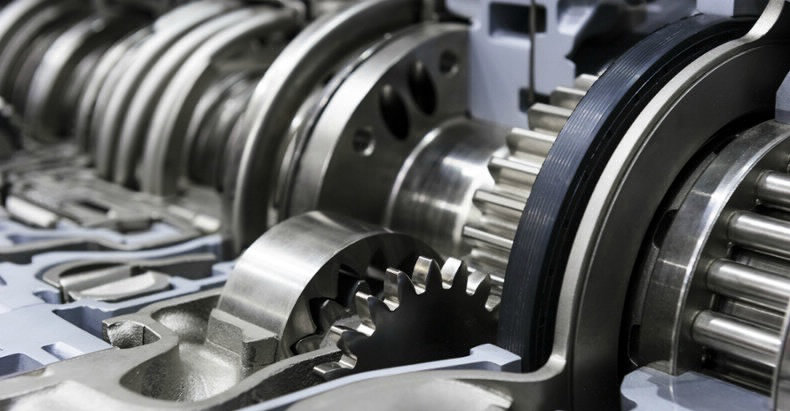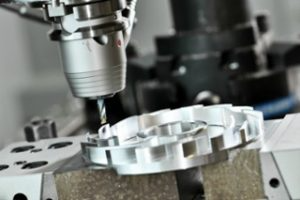


There are many ways to alter the ways metals perform and react to precision machining. One of these methods is heat treating. Heat treating can be applied to the part before to make the material more machinable, or the components may be machined before the final hardening and heating stages. Heat treating can affect a number of different aspects of the metal including strength, hardness, toughness, machinability, formability, ductility, and elasticity. It can also affect the physical and mechanical properties of metal to change the use of the metal or alter future work on the metal. Here we take a closer look at the different types of heat treating and how these affect the parts during precision machining.
In heat treating to harden a metal, the metal is heated to a temperature where the elements in the metal become a solution. Before doing this, defects in the crystal lattice structure of metal are the primary source of ‘give’ or plasticity. Heat treating addresses those deficiencies by bringing the metal into a reliable solution with fine particles to strengthen the metal. Once the metal is thoroughly heated to the right temperature to produce a solid solution, it is quickly quenched to trap the particles in solution.
In precipitation hardening, impurity particles are added to the metal alloy to increase strength further.
In the process of case hardening, the external layer of metal is hardened while the interior metal remains soft. For metals with a low carbon content such as iron and steel, additional carbon has to be infused into the surface. Case hardening is a process often used as a final step after the piece has already been machined. High heat is used in combination with other elements and chemicals to produce a hardened outer layer. Because hardening can make metals more brittle, case hardening can be useful for applications that require a flexible metal with a durable wear layer.
 ANNEALING
ANNEALINGAnnealing is a heat treatment method where a metal such as aluminum, copper, steel, silver, or brass is heated to a specific temperature, held at that temperature for some time to allow transformation to occur, and then air cooled. This process increases the metal’s ductility and decreases hardness to make the metal more workable. Copper, silver, and brass can be cooled quickly or slowly, whereas ferrous metals like steel must always be cooled gradually to allow annealing to occur. Annealing may be used before a metal is machined to improve its stability, making harder materials less likely to crack or fracture.
Normalizing is an annealing process for steel where it is heated 150-200°F higher than in annealing and held at the critical temperature long enough for the transformation to occur. Steel treated in this way must be air cooled. The heat treating in normalization causes smaller austenitic grains, while air cooling produces more refined ferritic grains. This process improves machinability, ductility, and strength of the steel. Standardization is also useful to remove columnar grains and dendritic segregation that can occur during the casting of a part.
Tempering is a method of heat treating used to increase the resilience of iron-based alloys like steel. Iron-based metals are very hard, but they are often too brittle to be useful for most purposes. Tempering can be used to change the hardness, ductility, and strength of metal, which usually makes it easier to machine. The metal will be heated to a temperature below the critical point as lower temperatures reduce brittleness while maintaining hardness. For increased plasticity with less hardness and strength, higher temperatures are required.
Another option is to purchase material that has been hardened or to harden the material before machining. While this makes it more difficult to machine, it eliminates the risk for the part sizes changing, unlike a post-machining heat treatment process. It can also eliminate the need for a grinding shop to get the tight finishes or tolerances.
The heat treatment can be an essential part of the precision machining process to transform metals and ensure your pieces and parts perform as you need them to. Talk to one of our qualified precision engineers about your requirements and how to find the right method of heat treating for your precision engineering project.


